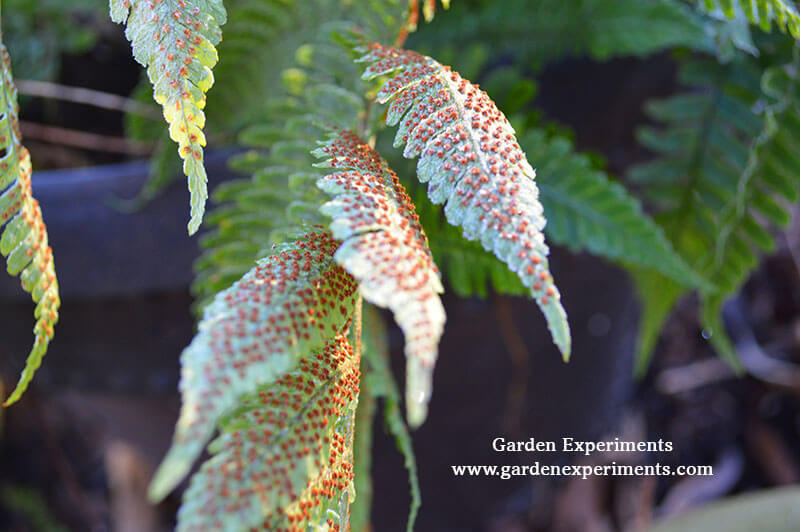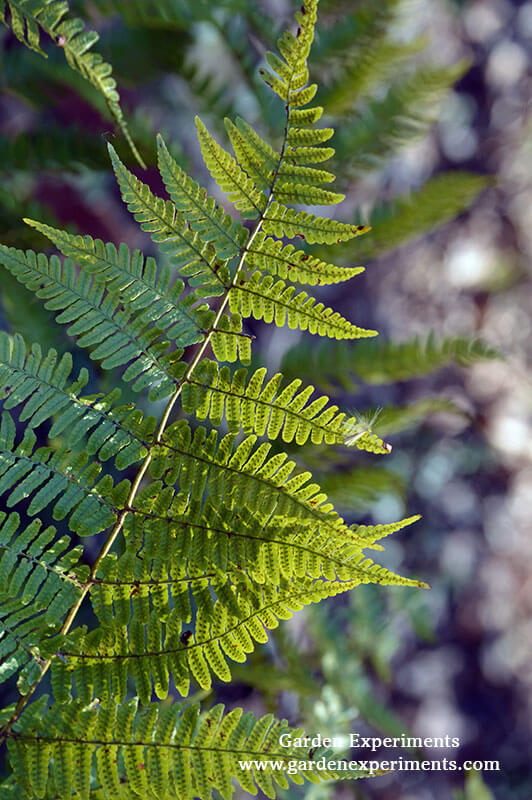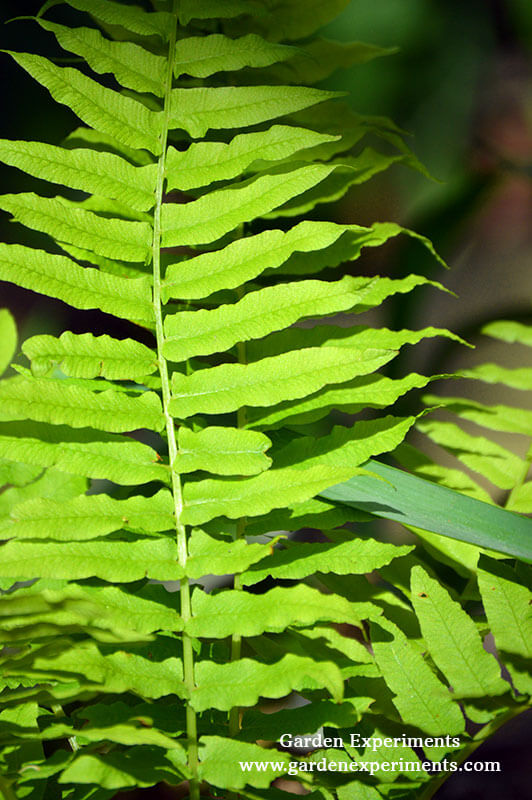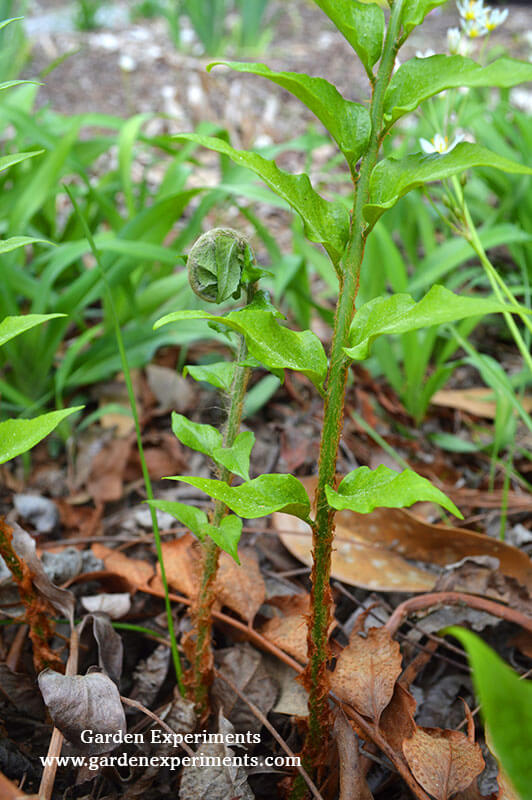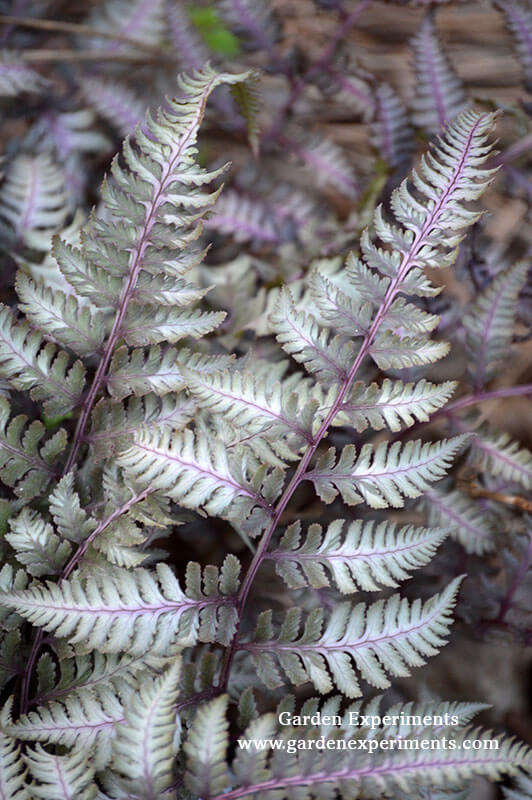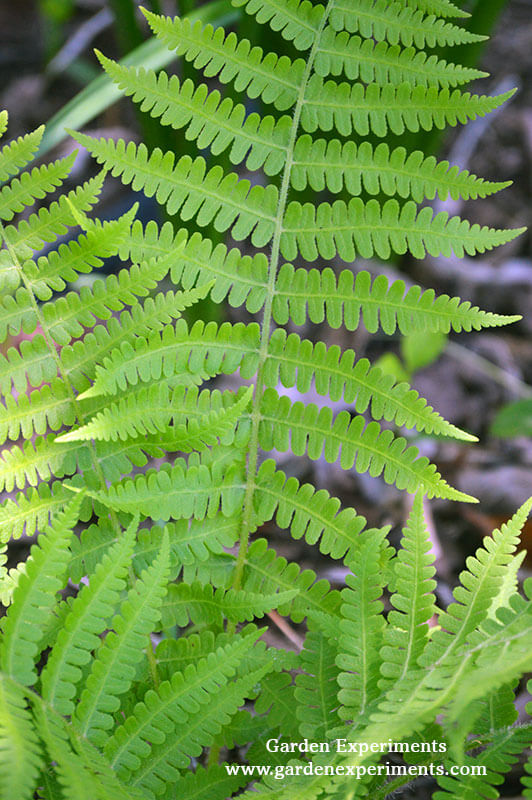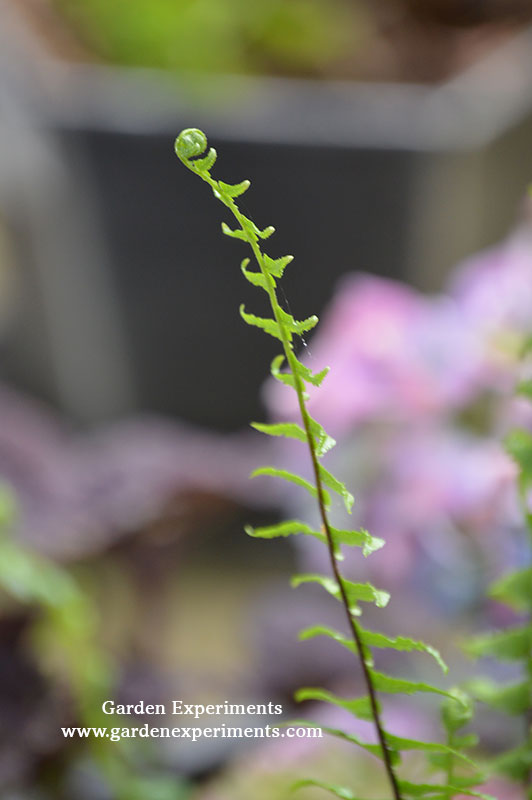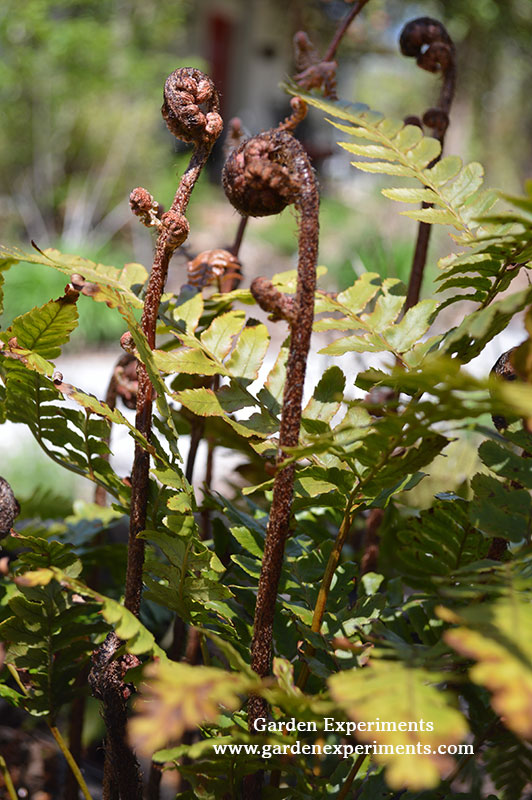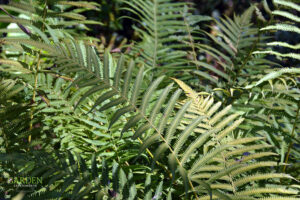 The white-tailed deer population in Mississippi is pretty high at around 1.75 million. I think about a third of those are in my neighborhood. It certainly seems like there are that many when they start munching on my garden plants. They leave nothing but the roots.
The white-tailed deer population in Mississippi is pretty high at around 1.75 million. I think about a third of those are in my neighborhood. It certainly seems like there are that many when they start munching on my garden plants. They leave nothing but the roots.
Hostas are like deer candy. I had several hosta plants that I was quite fond of and then one morning, they were gone. The only evidence they had existed was a bit of hosta stubble on the ground and deer tracks.
As a result of this, I don’t plant hostas anymore. I tried once more and ended up with the same results. The hostas grew to a lovely size and then they were eaten by the deer. You win some, you lose some.
No Hostas Here – What to Put in My Shade Garden
There aren’t a lot of shade plants that are readily available in my small town’s local garden centers. Now that I have ruled out hostas, what can I put in my shady garden areas that will add some color or texture?
Enter the ferns. Lovely fronds and fiddles of all sorts of shapes, various colors, and sizes. Why is it that ferns make me think of woodland fairies? I don’t know, but I like them. There are so many interested leaf shapes and colors to pick from you are sure to find the one that works in your garden.
Group Ferns or Mix Ferns with Other Plants
Ferns look best when planted in groupings. That is when you’ll get the most visual impact. Mix in different leaves and heights for texture in your shade garden.
Most ferns require light to heavy shade with soil that has a lot of organic matter/compost so that it will retain moisture. In times of drought, you’ll need to keep your ferns watered so that the soil is evenly moist, but not wet. Be careful when using fertilizer around your ferns – they will burn. Only use slow release fertilizers.
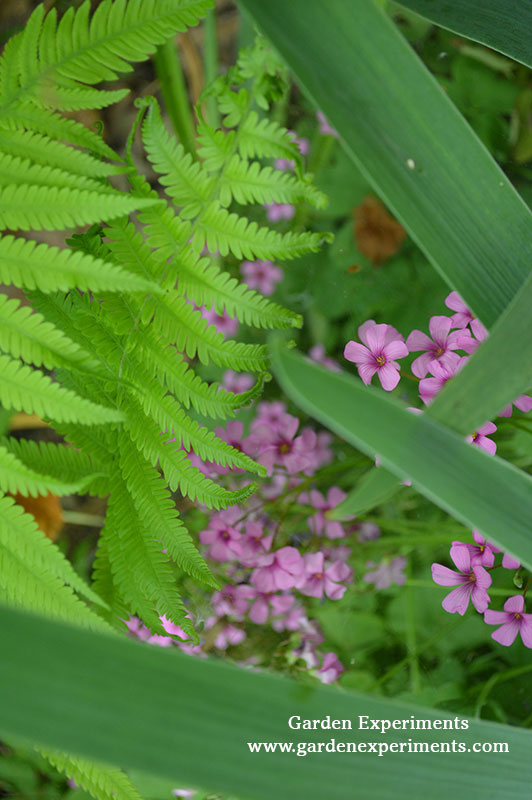
Fiddleheads
Ferns grow by putting out new fronds (leaves) that are curled up and grow by unfurling at the top. They resemble the scroll of a violin or fiddle – hence the name. They really are quite cool to see.
Spores
Ferns don’t produce seeds. Rather they produce a spore that grows into small heart-shaped plant called a prothallus. The prothalli (plural of prothallus) contain the structures necessary for sexual reproduction to create new fern plants. The spores of ferns are found on the underside of the fronds in brown spots called sori (sorus for singular).
